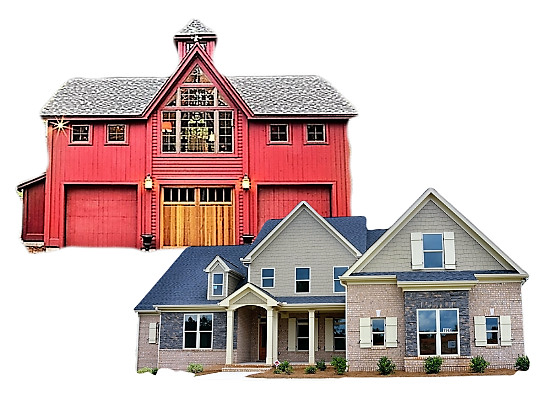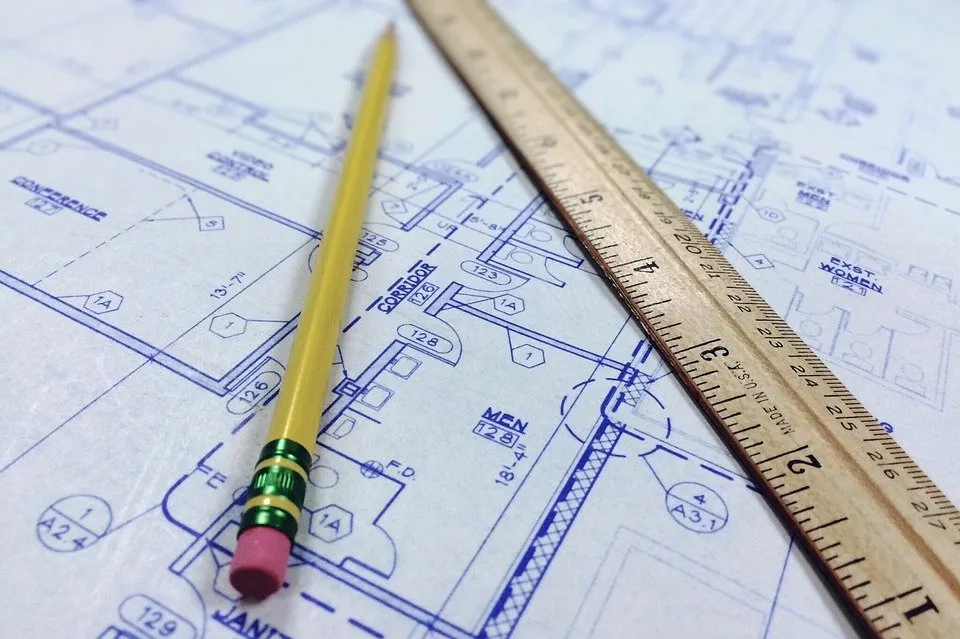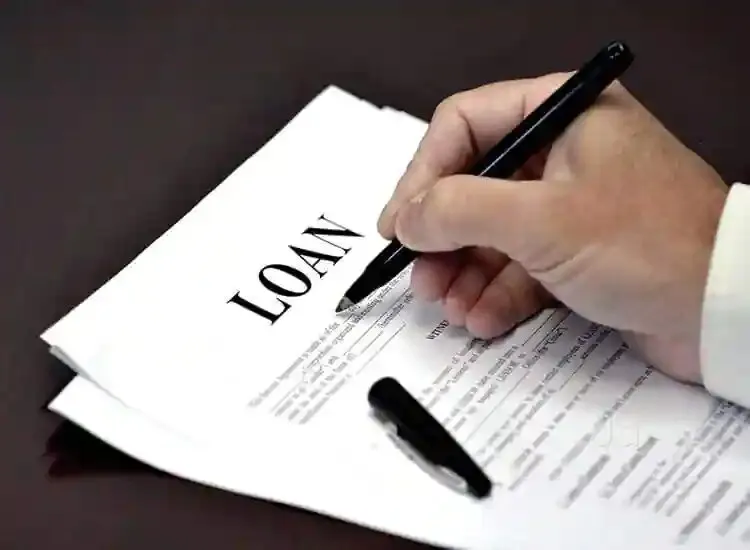Barndominiums offer many advantages from increased energy efficiency to spacious floorplans. However, the best reasons to buy a barndominium include affordability and variety.
Buying a barndominium is affordable compared to standard homes. You also have a variety of options when buying a barndominium. You may choose to build a barndominium from scratch on vacant land, convert an existing structure into a barndominium, or buy an existing barndominium from another homeowner.
Before choosing an option, you should understand the costs and challenges involved. Here is what you should know on how to buy a barndominium.
Page Contents
Buying an Existing Barndominium vs. Building One

The simplest way to buy a barndominium is to search our barndominiums for sale marketplace. You may find barndominiums for sale in your region, eliminating the need to build one from the ground up.
Compared to a standard home, previously built barndominiums are likely to provide a great value. Due to the lower cost of constructing a barndominium, the prices are often lower. However, an existing barndominium may not include all the features that you want.
Building a barndominium ensures that it meets your specific needs. You have more control over the floor plan and design. The drawback is that building a barndominium also involves extra steps, which are covered below.
Save for the Down Payment on Your Loan
Editor’s Note: Looking to find a barndominium loan?
Whether you plan on buying an existing barndominium or building one, you may need to obtain a loan for your barndominium. Saving up for the down payment should be the first step in buying a barndominium. Depending on your finances, you may need to save for several years.
Most lenders require a down payment of about 20%. If you have an excellent credit score, lenders may be willing to negotiate a lower down payment or no down payment. However, a lower down payment often results in higher interest rates.
Create a Detailed Construction Plan
A down payment is not enough to qualify for a loan when building a barndominium. Lenders want details about the construction.
Some homeowners prefer the DIY approach. You can purchase a DIY barndominium kit and enlist the help of friends to erect the frame and build your home. However, lenders are less likely to approve your loan application or may charge more interest.
A detailed construction plan gives lenders more confidence in the proposal. After all, if you fail to make your loan repayments, the lender can take possession of the property. Banks do not want to invest in properties that may be difficult to resell.
Some of the details that you may want to provide include:

- Barndominium blueprints
- Floor plans
- Materials and supplies list
- List of subcontractors
- Timeline for completion of the barndominium
- Cost estimates
Many lenders also require an appraisal from a third-party appraiser. Look for an appraiser that has experience appraising construction plans. Appraisers can appraise the value of the proposed barndominium based on the plans that you provide.
Purchase Vacant Land for Your Barndominium
Part of your construction plan should include details about the land where you intend to build the barndominium. The value of the land may be included in the appraisal of your construction plan.

If you have not already purchased land, pay attention to the following features when comparing vacant lots:
- The size of the lot
- Building codes and zoning restrictions
- Proximity to highways or major roads
- The value of homes in the region
Look for vacant properties with enough space for your dream barndominium. People often choose barndominiums due to their size. Most jurisdictions limit the size of structures based on the size of the lot.
The size restrictions and other building codes vary from one region to the next. For example, some rural lots may be zoned for both commercial and residential use while other lots are only zoned for residential properties. Hiring a contractor can help ensure that your construction plans go smoothly.
When looking at vacant lots outside of your current neighborhood, consider the proximity of the land to highways or major roads. You may want to remain within driving distances of work, school, family, or friends.
The average homeowner moves every 13 years. If you want to get the best return on your barndominium, examine the values of properties in the area compared to other areas. Building a barndominium in a region with low home values may limit its resale value.
Meet with a Contractor
Working with a contractor ensures that you have all the details needed when applying for a construction loan. Experienced contractors understand the process and know what banks want. A contractor can create an accurate supplies list and a realistic timeline.
Contractors also handle the hiring of any necessary subcontractors. They create a list of subcontractor bids for projects such as installing the plumbing or electrical work.
Most contractors should be willing to work with schematics or blueprints that you obtain online or through another source. However, hiring an architect or working with a builder that specializes in barndominiums may allow you to incorporate more of the features that you want.
Choose Financing for a New Barndominium
You probably will need to get financing for your barndominium.
Compile your construction plans, property information, and other details to apply for a loan. In most cases, you will need to obtain a construction loan or a construction-to-mortgage loan.
A construction loan is a short-term personal loan to cover the cost of construction. The term is typically just one year. After the construction is complete, you may need a mortgage to pay off the construction loan and potentially a loan on the vacant land that you purchased.

A construction-to-mortgage loan or construction-to-permanent loan can provide an easier solution. Most lenders prefer to establish the terms of the mortgage when you apply for the initial construction loan.
When the construction ends, the loan is automatically converted into a standard mortgage. As with traditional mortgages, the term is typically 15, 20, or 30 years.
No matter which option you choose, the construction loan typically includes periodic payouts instead of a lump-sum payment. The lender distributes funds monthly or when you reach specific milestones in the construction process.
You should also consider the value of your current home if you are a homeowner. The sale of your home can reduce the amount needed for your mortgage, which also reduces your down payment.
Find the Right Lender for Your Construction Loan
Not all lenders have experience with barndominiums. Some banks may be more hesitant to approve a construction loan for a steel building. You should also shop around to get the best interest rate.
If you struggle to find lenders that are willing to approve loans for barndominiums, focus your search on farm banks and rural credit unions. Banks that frequently work with farmers and serve rural communities are more likely to have experience with barndominiums.
Conclusion
Buying a barndominium often involves more consideration compared to buying or building a standard home. When building the barndominium from the ground up you often need a construction loan.
Construction loans require detailed plans, including blueprints, floorplans, and cost estimates. Hiring a contractor or working with a barndominium builder can help streamline the process and eliminate some of the challenges of applying for a loan.
If you fail to get approved for a construction loan, do not give up on your dream barndominium. Save more money to increase your down payment and try again.
Gail currently spends her free time geeking out about what’s new and trending in the world of barndominiums.
She is the former executive editor of BarndominiumLife.com and loves working with the team and members of the barndominium community. She now contributes to the blog on occasion, but only when she feels like it!
